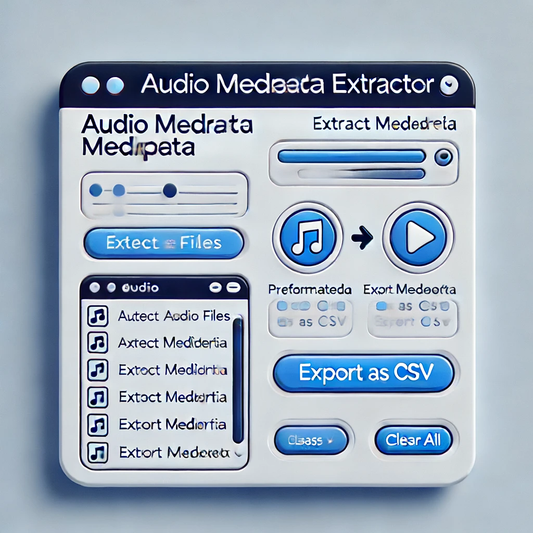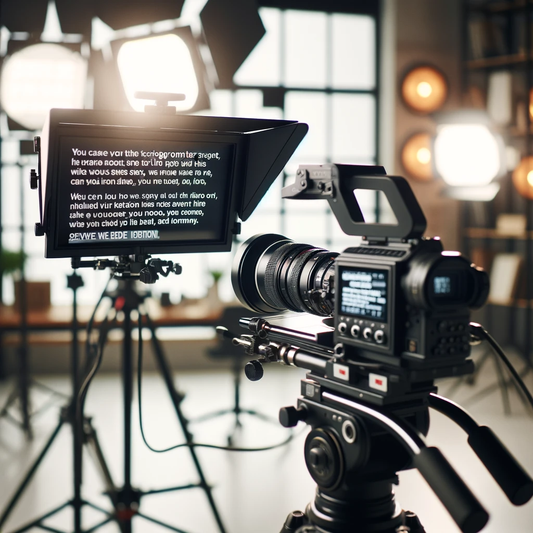Timecode Modes Explained
Matt PriceShare
The Alexa manual actually has some nice overviews of the different settings that are commonly seen on lots of other camera settings.
Regen:
When the external signal is reconnected, the camera uses the value of the external signal again.
Regen mode will disable manual editing of the timecode.
Preset: The camera uses its internal counter.
Jam Sync:
Regen:
Depending on the timecode run mode, regen behaves differently:
Run mode rec run: The camera determines the timecode of the last frame of the last recorded clip and increments it by one for the next clip. This ensures consecutive timecodes for a sequence of clips.
Run mode free run: The timecode source should be connected to the camera permanently. The camera continuously reads the timecode signal at the timecode connector as long as it is present. Upon disconnection or loss of signal, the camera continues counting on its own, but will indicate the missing signal
through an orange exclamation mark on the TC button on the home screen.
When the external signal is reconnected, the camera uses the value of the external signal again.
Regen mode will disable manual editing of the timecode.
Preset: The camera uses its internal counter.
Jam Sync:
The camera samples the timecode value and simultaneously tunes its internal timecode clock to match the clock of the timecode source. During this procedure, the timecode display on the home screen, on the timecode menu screen as well as on the status overlays is flashing. Jamming has finished when the timecode display stops flashing, then the timecode source can be disconnected. The camera continues counting based on its own high precision crystal clock now. This mode ensures stable timecode with a drift of less than one frame over eight hours, after which the camera has to be re-jammed.
Note: Due to the tuning mechanism, jamming the camera might take up to 30
seconds and a timeout is issued if tuning could not be completed after 60 seconds.
Regen Source
Based on the timecode run mode, the camera determines the timecode regen (regenerate) source automatically. If the run mode is set to Free run, it regenerates timecode from the timecode input connector. If set to Rec run, it regenerates timecode from the last clip of the recording media by continuing seamlessly from the last active value.





1 comment
Thanks for the great information